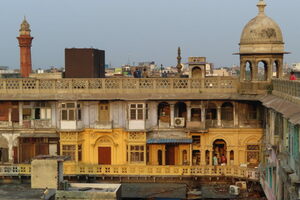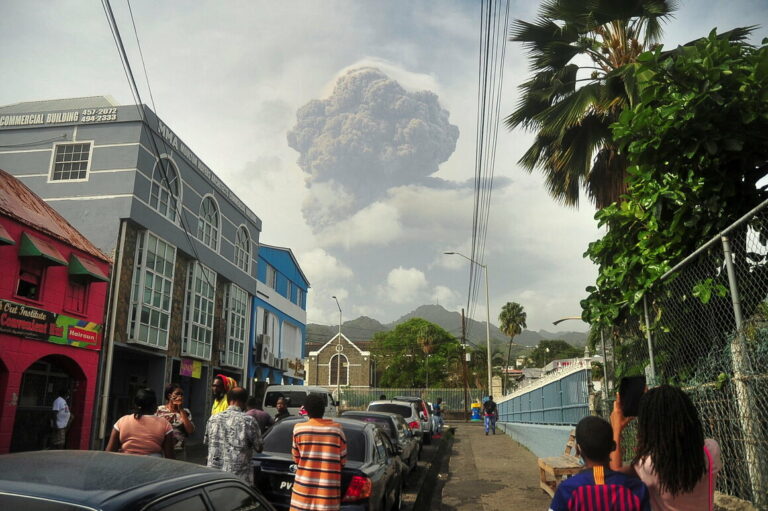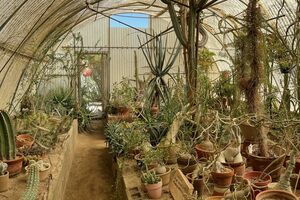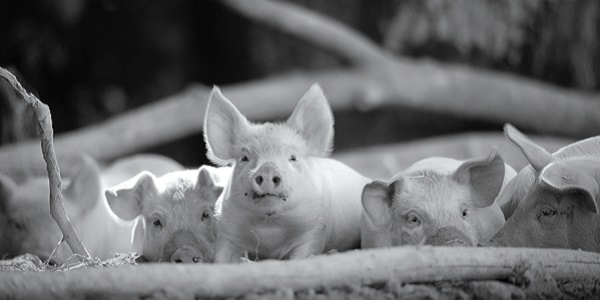Khari Baoli Rooftop in New Delhi, India

Old Delhi is bursting with history and with modern-day activity. Built by the Mughal emperor Shah Jahan in the mid-1600s as a walled city called Shahjahanabad, it served as the capital’s empire from then until the British Raj gained supremacy in 1857. Though India’s current center of government rests a few miles south in New Delhi, Old Delhi has stood the test of time as a center of commerce.
The street of Khari Baoli might be the most lively and fascinating piece of Old Delhi. It is certainly the most pungent, because it hosts one of the world’s largest wholesale spice markets. The myriad bright and wonderful spices that enliven Indian cooking are displayed in large mounds and traded in giant sacks. Walking through the market is an experience in itself, but it is hard to find a vantage point from which to survey its full glory.
The rooftop of the Khari Baoli wholesale spice market, also known as Gadodia Market, provides this perspective. The market is a multistory rectangular building built in the 1930s around a large courtyard by a wealthy merchant named Seth Lakshmi Narain Gadodia. Its architecture is intricate, with large chattris [domed pavilions] at each corner of the roof as well as complex balconies and arched doorways on lower stories. The rooftop is free to access and provides expansive views of the street markets, the stunning Fatehpuri Masjid mosque, and on clear days even the Red Fort. In the morning and around sunset, it is an ideal place to relax and watch life go by in one of the world’s most historic cities.
While the roof is an oasis of quiet in Old Delhi’s din, it also plays host to its own lively rhythms. Boys and young men fly kites from it, and merchants use the space to dry spices and vegetables. Calls to prayer from the nearby mosque wash over it. Traveling vendors from other states also use the courtyard and roof as a place to rest or sleep. It is a living piece of the city’s history.
According to the New Indian Express, the spice trade lost most of its business during the height of the COVID-19 pandemic and national lockdown. Future visitors can help maintain this incredible place which combines the past and present.





